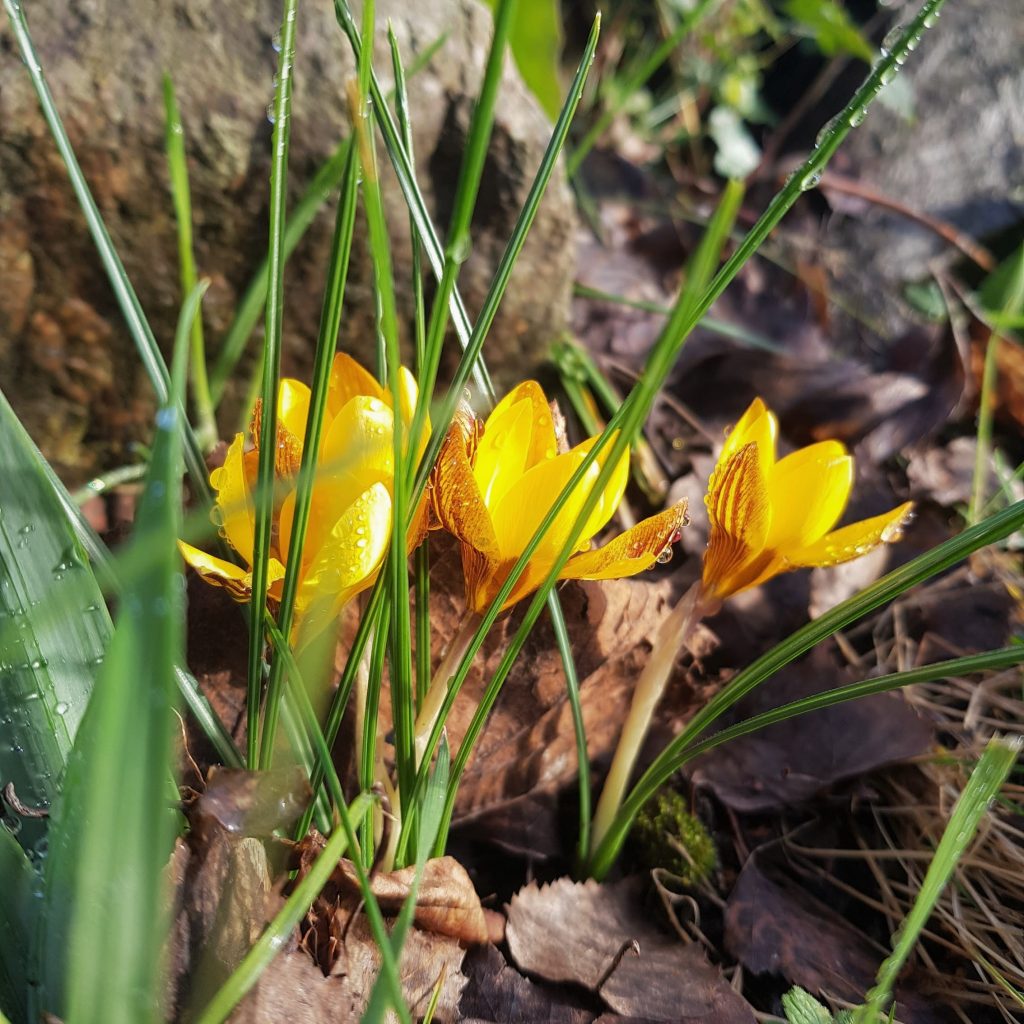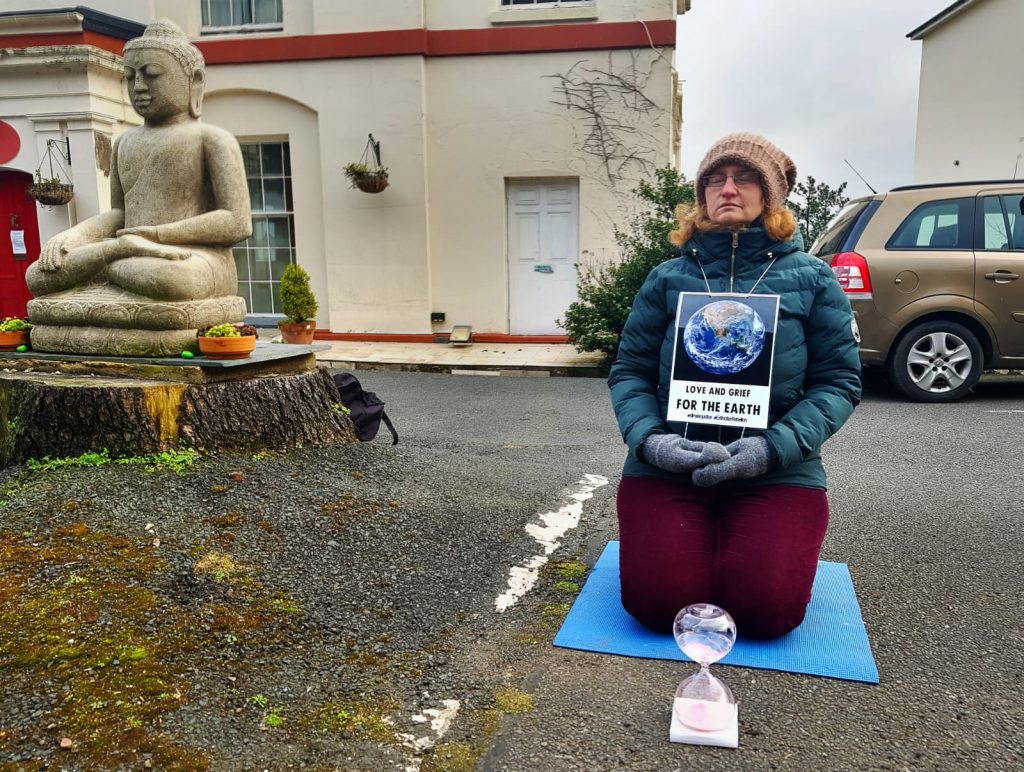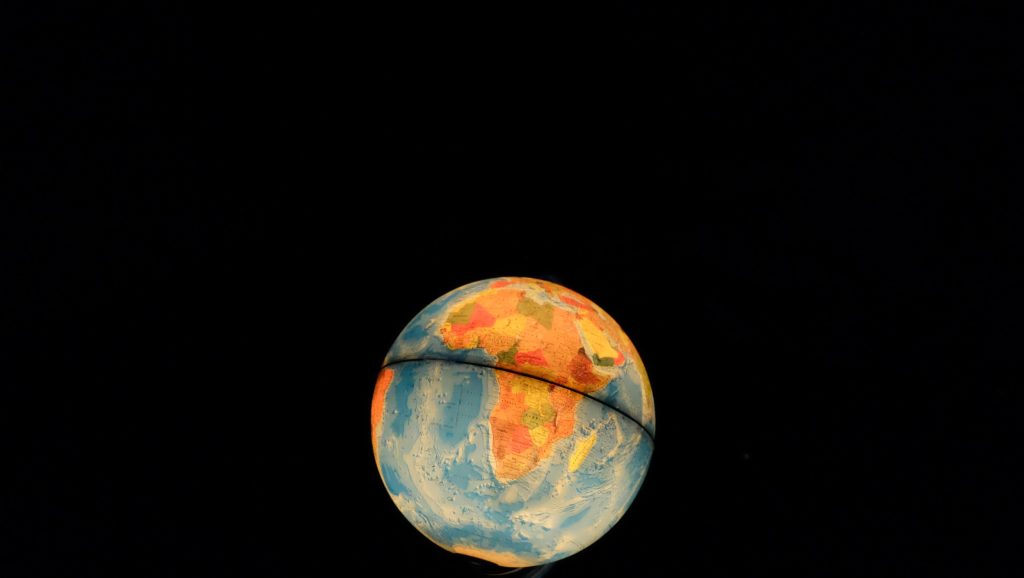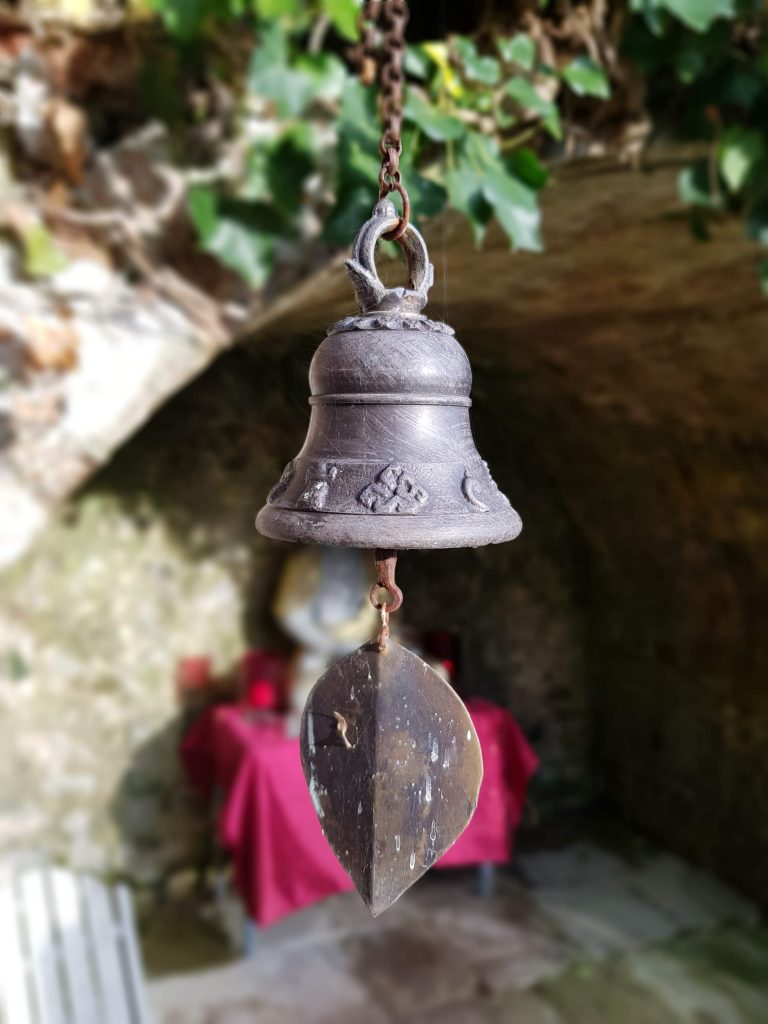Backing Out Of Hell
By Dayamay
Listening to one of Kaspa’s talks recently started me thinking about the epic commitments and sacrifices that we make when embarking upon the Spiritiual path. Certainly for me there was a sense of letting go of many different crutches and allowing myself to be slowly immersed in all of the stuff that I’d been avoiding for 30 odd years; Leaning into a power that I had very little understanding of(Amida)and had yet to develop the kind of trust that I needed for a lifetime of faith.
It’s as if, on some unconscious level, or maybe even partly conscious, I had somehow understood the deep paradoxes and mysterious meaning of my prior predicaments and the difficulties that they entailed. The anguish of struggling against the onslaught of Samsara had opened me up to another dimension of possibility in this world and beyond. This seems, to a lesser or greater extent, to be true for some of the other guys that accompany me on the journey as well. As if we had already surrendered to the fact of what must be done if we are to be truly free! The fact that many of us had previously devoted our lives to the pursuit of pleasure and gratification and the avoidance of our pain, makes it even more fascinating that, all of a sudden, we are ready and willing to be exposed to the dark recesses of our minds, exactly what most of us had been running from.
I have always been encouraged by my various teachers to try to cultivate a philosophical attitude towards my suffering, and have found that this has formed a sort of mechanism which has become ingrained in my psyche. Suffering is as terrible or profound as the attitude with which we approach it.
One of the sayings that used to get banded about in some of the institutions that I frequented on my journey towards recovery was, “we’re not coasting into paradise, we’re backing out of hell”. In other words, don’t get too cosy with your projections about an idyllic future, there’s a lot of work to do. Which neatly subdued some of my more erratic expectations about what the spiritual path should look like, and helped to frame the pressing question of “what next?” After all, not many people expect that their self improvement efforts will need to be extended into the rest of their lives. There can be a heartbreaking illusion that it’s possible for us to leave the pain behind and start again, which takes many people back to where they began. The truth is that, for many of us, the pain itself is the foundation for the future. The basis of our ongoing healing and the means by which we extract ourselves and others from the suffering realms.
Part of the nourishment that I get from my faith is that I can better accept the sobering realties of my life, which is actually and, again, paradoxically, much more interesting than it ever has been. I use the lessons of my past as a grounding for the present whilst moving carefully towards a healthy future. Namo Amida Bu( :




